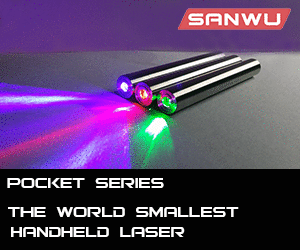DJNY
0
- Joined
- Nov 2, 2009
- Messages
- 5,991
- Points
- 83
What color do I get when I mix these two wavelengths? How big is the color difference between the 405nm&650nm magenta mix?

Follow along with the video below to see how to install our site as a web app on your home screen.
Note: This feature may not be available in some browsers.



Of course, but what spectrum I can get?
Anyone around who is able to build a 445nm&532nm cyan laser or do I should I have to go for an Argon?

